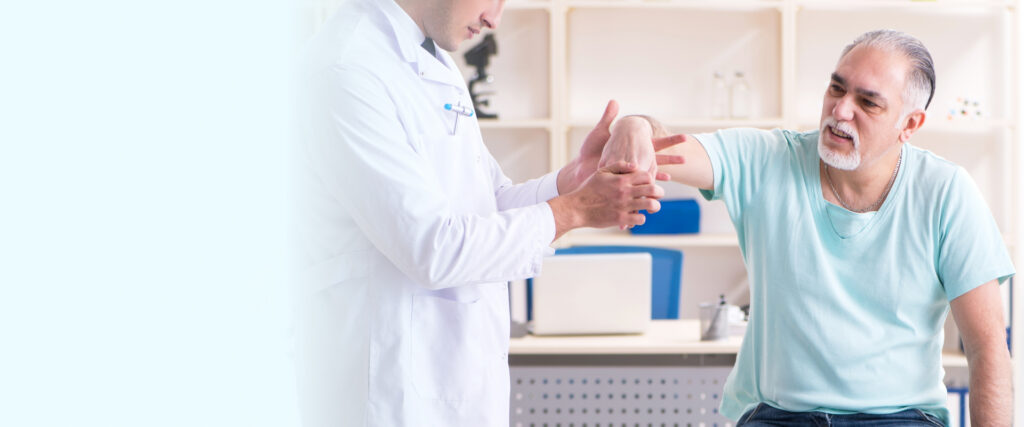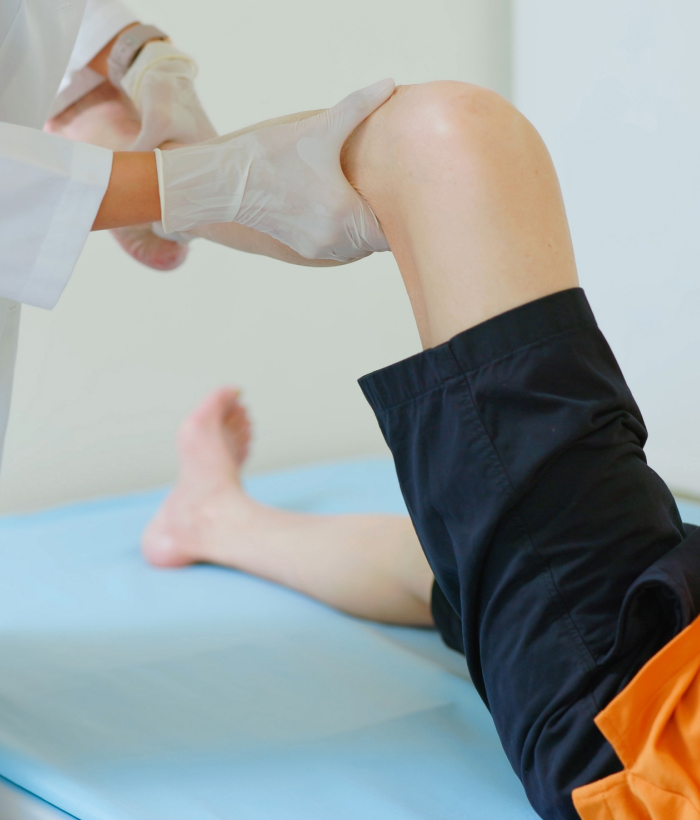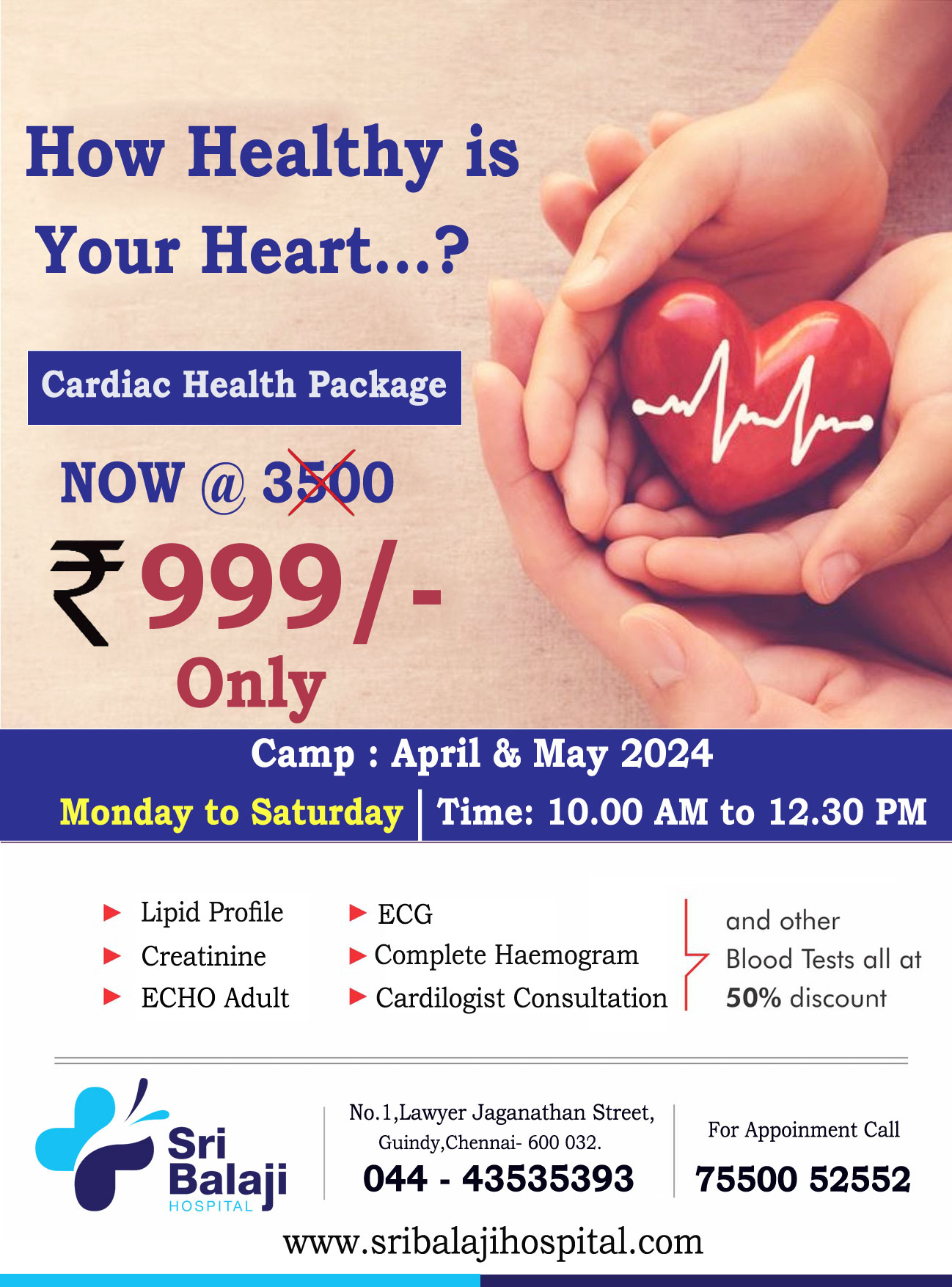
Your bones endure the passage of time, and the danger of geriatric fractures climbs with each passing year, which is a pressing issue for those in the senior bracket. Brittle bones can compromise your freedom to move and live independently, underscoring the importance of bone wellness and taking early action for senior care.
Knowing how to bolster bone strength is crucial, as it can significantly improve your quality of life and let you relish your later years to their fullest. As we examine this essential topic, let us arm ourselves with strategies to defend our bones from potential fractures.
Understanding Geriatric Fractures Prevalence and Impact
With age comes a natural decline in bone robustness, raising your odds of suffering fractures. This is especially true among older folks, for whom such fractures pose a major health worry. These injuries can significantly dampen your life's joy, often leading to less movement and autonomy.
The Prevalence of Geriatric Fractures
Geriatric fractures that mostly happen in adults past a certain age are common as bones lose density and might break from simple slips or mishaps. Astonishingly, 71% of grown-ups will face a fracture in their later years. This high rate emphasises the need for alertness and steps to manage the dangers linked to these injuries.
Biological Changes with Aging
With more candles on the birthday cake, several key shifts occur in your body that affect your bones robustness. These shifts include:
- A decline in bone mass and solidity.
- A health state often tied to osteoporosis.
- Fractures linked to osteoporosis are quite usual.
These factors greatly increase the chances of breaks among the older population, stressing the necessity for early action and knowledge.
Fracture Risks Among Older Adults
Data shows that about half of all ladies and a third of gents past age 65 may endure a major osteoporotic break. Spotting the signs and knowing when to get help lets you take steps to keep your bones healthy and lessen the risk of fractures.
Osteoporosis & Falls- The 2 Common Reasons For Geriatric Fractures
Certain fractures are more typical among older people, mainly due to conditions like osteoporosis and events such as falls. Grasping the usual fractures and their root causes can help you take steps to keep your bones healthy and avoid such injuries.
Osteoporosis marks a state where bones become weak due to low mass and the wearing away of bone tissue. Issues with balance and muscle strength, often due to age, can cause falls, which are a top reason for injuries among the elderly. These balance troubles can come from health states like dementia or from side effects of meds.
The most common fractures related to osteoporosis include those of the hip, spine, and wrist, which can happen from minor falls or, in severe cases, from simple acts like coughing or bending. Fractures in the hip are particularly dire due to their effect on your ability to move and live freely.
Spotting early signs of balance or strength issues is key. If you see shifts in your ability to walk or move safely, a swift chat with a healthcare pro can aid in avoiding falls and the breaks they can cause. Being alert to and tackling symptoms early is vital for keeping your health safe.
Recognising Symptoms of Geriatric Fractures for Diagnosis
If you or someone you care about is getting on in years, staying alert to bone health is key. Geriatric fractures can be a serious matter, and spotting their signs is the first move towards getting timely help. Let us look at the main signs that might suggest a fracture in older adults.
- Sudden and harsh pain in the hurt spot.
- Trouble moving the injured spot.
- Swelling, redness, or bruising around the hurt spot.
- Visible changes such as redness, swelling, warmth, or bruising.
- An obvious misshape or a feeling that the bone has moved.
- Pain that spreads down your leg or in the thigh, outer hip, pelvis, or groin.
Being alert to these signs and getting help fast can greatly improve the outlook for those with geriatric fractures.
Diagnostic Procedures for Geriatric Fractures Explained
When you or someone close shows signs of a geriatric fracture, it is vital to go through the right tests. These steps are key in confirming a fracture and its seriousness, which can guide the best treatment and care.
X-rays are often the first test used to spot breaks in older people. They give clear pictures of the bone structure, letting doctors see breaks or cracks. X-rays are beneficial for identifying fractures in the hip, spine, and limbs, which are common spots affected by geriatric fractures.
If the X-ray is unclear or more detail is needed, an MRI (Magnetic Resonance Imaging) might be suggested. MRI scans are good at spotting tiny fractures and can also give pictures of soft tissues, which can help if there is a chance of muscle or ligament injuries.
In some cases, a CT (Computed Tomography) scan might be needed. This test gives cross-sectional views of the body and can be very useful in looking at complex fractures. CT scans give a more detailed view than X-rays, which can be key for planning surgery if needed.
After confirming a fracture, it is key to consider lifestyle changes and medical steps that can strengthen bones and lessen the chance of future fractures. This forward-thinking approach is key to maintaining mobility and independence as you age.
Also Read : Paediatric Orthopaedic Doctor- Meeting Your Child’s Musculoskeletal Needs
Risk Factors and Prevention of Geriatric Fractures
A sedentary lifestyle, a poor diet, and habits like smoking and drinking too much can make bones weaker. Prevention starts with a focus on better bone health. To keep bones strong and cut the risk of geriatric fractures, think about these preventive steps:
- A diet rich in calcium and vitamin D.
- Weight-bearing exercises to make bones stronger and better balance.
- Quitting smoking and drinking less alcohol.
Chronic illnesses also affect your risk of fractures. Conditions like osteoporosis, where bones lose density and get weak, can make you more likely to break a bone. If you have a long-term illness, it is key to manage it well and know how it might affect your bone health.
With these insights into the lifestyle and health issues that can hurt your bone health, it is clear that taking steps to support your bones is crucial.
Treatment Options for Geriatric Fractures
When dealing with geriatric fractures, there is a wide range of treatment options, including both non-surgical and surgical methods. Depending on the fracture and your health, these treatments aim to ease pain, help healing, and get you back to normal.
Surgical & Non-Surgical Interventions
Non-surgical techniques like casts or splints might be used to keep the bone lined up right, helping the natural healing. Managing pain, a big part of treatment, often means taking medications to stay comfortable while you recover. Traction is another method that might be used to help align and heal the break.
It is key to remember that while these non-surgical methods can work for some fractures, they are not right for every case. The choice to go with non-surgical treatment depends on different things, like the type of fracture, where it is, and your overall health. Your healthcare provider will examine your case to decide the best way to go.
As we look at the different treatments, it is clear that a more hands-on approach might be needed for some people to ensure they heal right.
Surgical Treatments
If just keeping the bone still is not enough, surgery might be the next step. Surgical treatments often mean using metal rods or pins to hold the bone steady, a method called internal fixation. Rehab is crucial in getting better, focusing on exercises to improve your ability to move and build muscle. With the right surgery and dedicated rehab, you can look forward to a time when taking care of your health gets easier.
Since everyone's situation differs, treatments are tailored for the best results. Embracing the healing process with your doctor's help is key for a successful return to your daily life. With a clear understanding of the treatments, you can face your recovery confidently, knowing each step is toward restoring your independence and wellness.

Prognosis and Long-Term Management of Geriatric Fractures
For geriatric fractures, how things will turn out depends a lot on spotting the problem early and getting the right treatment. Long-term care for geriatric fractures often means looking at things from all sides. You might need to change how you live to help the healing and avoid more injuries. If osteoporosis is part of the problem, your doctor might suggest meds to help make your bones stronger.
As you improve, remember how you think; your willingness to follow medical advice can make a big difference. The chance to fully recover and return to a normal life is there, and with the right care and steps, you can regain your independence and quality of life.
Securing Your Future Long-term Bone Health & Management
Working on getting better and taking better care of your bone health is a smart move for your future. Knowing how fragile our bodies can be, it is clear that making good lifestyle choices and monitoring your health is key to keeping your ability to move and stay independent.
Whether you need advice on preventing problems or treatment for fractures, consult the top orthopaedic doctor in Chennai. Protect your bones with the right medical guidance.
